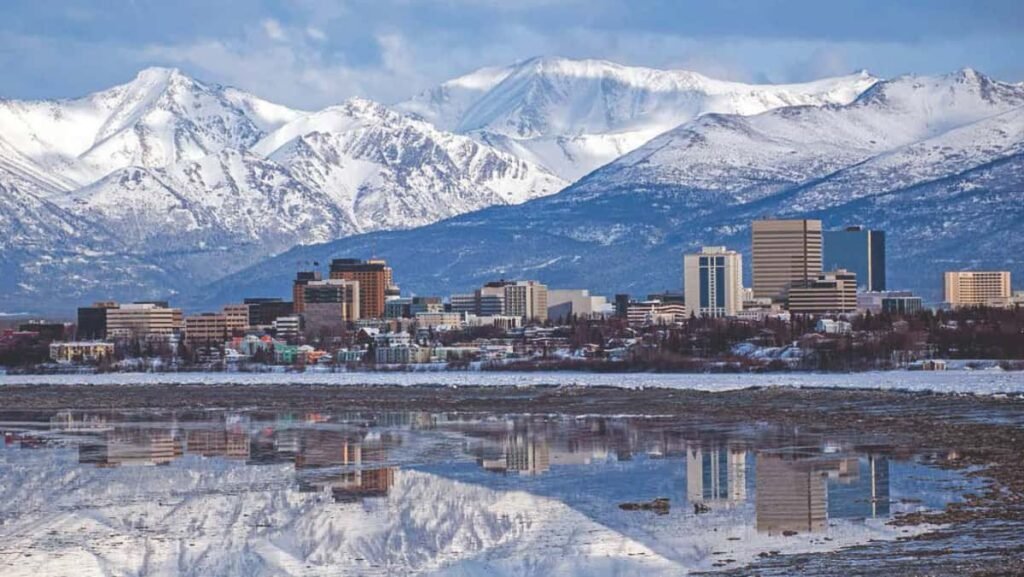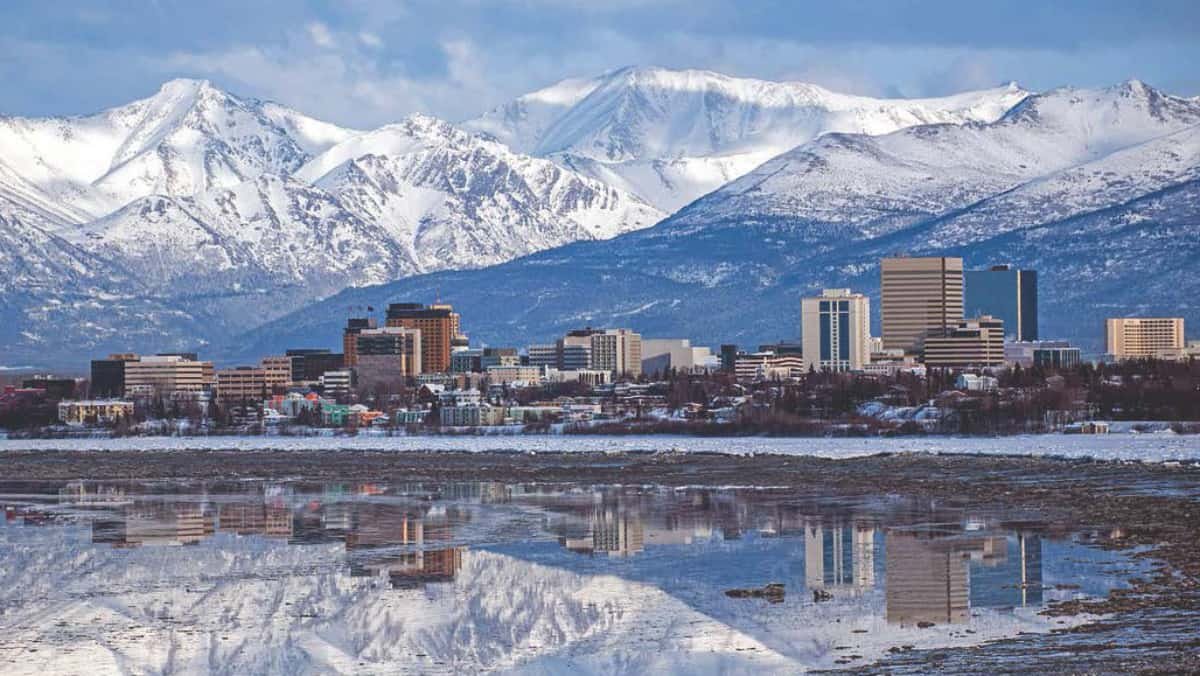Understanding Cold Regions
Cooking in cold regions is different. The weather affects how people cook. In places with snow and ice, food preparation changes. Let’s explore how this happens.
Cold regions are places that have long winters. They often have snow. Some examples include:
- Alaska
- Greenland
- Parts of Canada
- Russia
- Scandinavia
In these areas, the temperature can drop very low. This changes how people find food and cook.
Finding Food in Cold Regions
In cold regions, food sources are different. People often rely on local resources such as hunting, fishing, and gathering plants.
Hunting
Hunting is a big part of life. People hunt animals like:
- Moose
- Caribou
- Seals
- Snow geese
These animals provide meat essential for nutrition and warmth.
Fishing
Fishing is common in rivers and lakes, catching fish such as:
- Salmon
- Trout
- Arctic char
Fish is rich in omega-3 fatty acids, beneficial for heart health.
Gathering Plants
In summer, people gather plants including:
- Blueberries
- Cranberries
- Wild onions
These plants add flavor and nutrition to meals.

Cooking Techniques in Cold Regions
Cold weather requires adaptations in cooking methods. Popular techniques include:
Smoking
Smoking preserves meat and fish, adding flavor and preventing spoilage.
Drying
Drying fruits and meats helps food last longer and is easy to store.
Boiling
Boiling is simple and effective, making food safe to eat.
Traditional Dishes from Cold Regions
Each cold region has special traditional foods:
Reindeer Stew
Popular in Scandinavia, made with tender reindeer meat, potatoes, and carrots. It is warm and filling.
Salmon Soup
A favorite in Alaska, made with fresh salmon and vegetables like onions and potatoes.
Seal Blubber
Eaten in some areas, it is a high-fat food providing energy and is eaten raw or cooked.
Food Storage in Cold Regions
Cold weather helps preserve food. Common storage methods include:
Freezing
Using natural cold to freeze fish and meat keeps food fresh.
Root Cellars
Cool underground spaces used to store vegetables like potatoes and carrots.
Ice Houses
Structures made of ice used to keep food cold and safe.
Challenges of Cooking in Cold Regions
- Limited Fresh Produce: Fresh fruits and vegetables are scarce outside summer.
- Heavy Snow: Snow can block roads, limiting supply deliveries.
- Fuel Shortages: Fuel for cooking may be limited, requiring reliance on wood or gas.
Modern Cooking in Cold Regions
Modern tools help ease cooking challenges:
- Electric Stoves: Cook food quickly and evenly.
- Microwaves: Heat food fast, saving time.
- Food Delivery Services: Bring fresh food to remote homes.
Frequently Asked Questions
- How Does Cooking Differ In Cold Regions?
- Cooking uses different ingredients and methods focusing on hearty, preserved foods.
- What Foods Are Popular In Cold Climates?
- Root vegetables, grains, and meats that provide energy and warmth.
- How Do Cold Temperatures Affect Cooking?
- Cold temperatures can slow cooking times and require adjustments.
- What Cooking Methods Are Common In Cold Regions?
- Roasting, stewing, and baking to keep food warm and flavorful.
